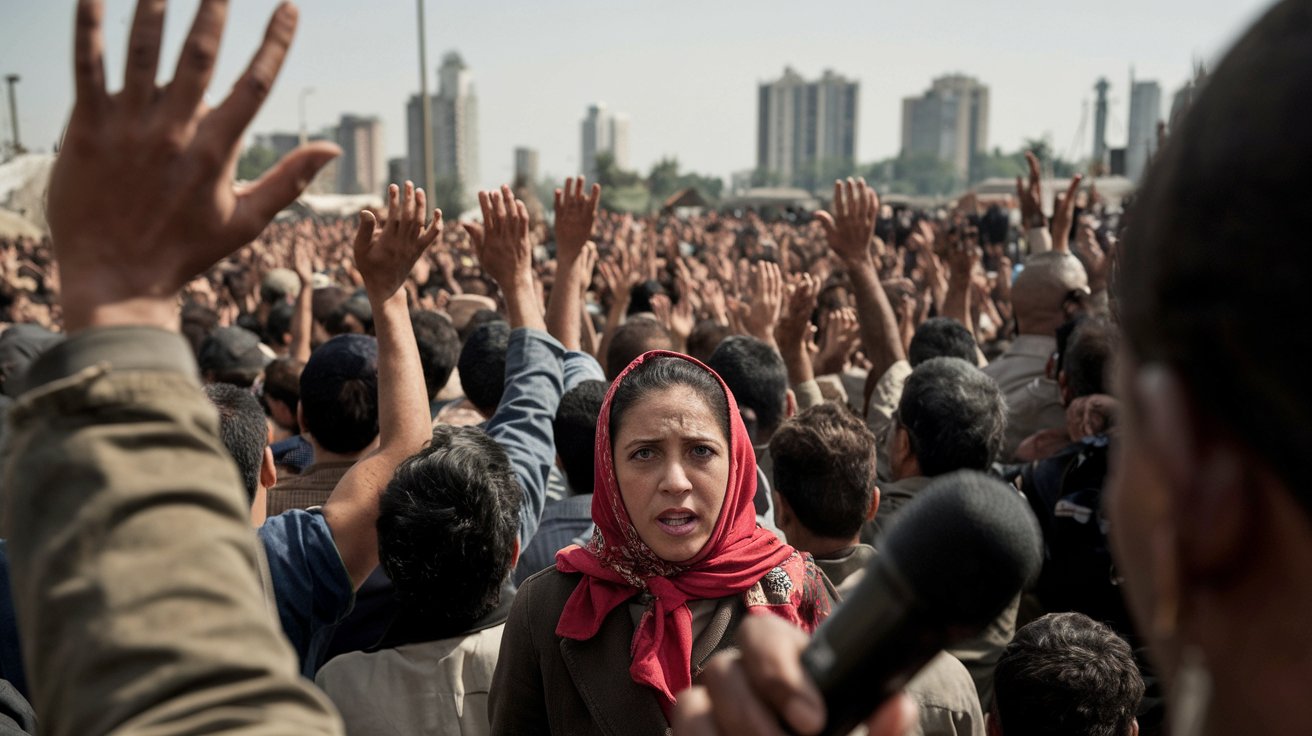
What was the Safi Rebellion? The Safi Rebellion was a significant uprising in Morocco during the early 16th century. This revolt was driven by local tribes against the ruling Wattasid dynasty. The rebellion's main cause stemmed from heavy taxation and oppressive policies imposed by the Wattasids. The tribes, seeking autonomy and better living conditions, united under the leadership of local chieftains. The conflict led to several battles, with both sides suffering heavy losses. Despite the rebellion's initial success, the Wattasid forces eventually quelled the uprising. The Safi Rebellion remains a pivotal event in Moroccan history, highlighting the struggle for power and resistance against tyranny.
Key Takeaways:
- The Safi Rebellion was a major uprising in Afghanistan led by the Safi tribe against the central government's taxes and conscription, highlighting the challenges of centralizing power in a tribal society.
- The rebellion's legacy continues to shape Afghanistan's history, with the Safi tribe still known for its independence, and the event being commemorated in local folklore and academic studies.
The Safi Rebellion: An Overview
The Safi Rebellion was a significant uprising in Afghanistan during the early 20th century. This event had profound impacts on the region's history and politics. Here are some intriguing facts about this historical event.
- The Safi Rebellion took place in 1945-1946 in eastern Afghanistan.
- It was primarily led by the Safi tribe, a Pashtun ethnic group.
- The rebellion was a response to the central government's attempts to impose taxes and conscription.
- King Zahir Shah was the ruler of Afghanistan during the rebellion.
- The Safi tribe had a history of resisting central authority, dating back to the 19th century.
Causes of the Rebellion
Understanding the causes of the Safi Rebellion helps to grasp why it was such a pivotal event. Several factors contributed to the uprising.
- The imposition of new taxes by the central government angered the Safi tribe.
- Conscription policies forced young men from the tribe into the national army.
- The central government's attempts to modernize and centralize power were seen as threats to tribal autonomy.
- Economic hardships exacerbated tensions between the Safi tribe and the government.
- The Safi tribe's strong sense of independence and desire to maintain their traditional way of life fueled the rebellion.
Key Events During the Rebellion
The Safi Rebellion was marked by several key events that shaped its course and outcome. These events highlight the intensity and complexity of the conflict.
- The rebellion began with a series of attacks on government outposts in Kunar Province.
- The Safi tribe managed to capture several key locations, including the town of Asadabad.
- The Afghan government responded by deploying a large military force to the region.
- Intense battles ensued, with both sides suffering significant casualties.
- The rebellion lasted for several months before the government regained control.
Impact on Afghanistan
The Safi Rebellion had lasting impacts on Afghanistan's political and social landscape. These effects are still felt in the region today.
- The rebellion highlighted the challenges of centralizing power in a country with strong tribal traditions.
- It exposed the limitations of the Afghan government's military capabilities.
- The rebellion led to increased tensions between the central government and various tribal groups.
- It prompted the government to reconsider its policies towards the Pashtun tribes.
- The Safi Rebellion is remembered as a symbol of resistance against central authority in Afghanistan.
Legacy of the Safi Rebellion
The legacy of the Safi Rebellion continues to influence Afghanistan's history and culture. Understanding this legacy provides insight into the country's ongoing struggles.
- The Safi tribe is still known for its fierce independence and resistance to external control.
- The rebellion is often cited as an example of the difficulties in governing Afghanistan's diverse and decentralized society.
- It has been the subject of numerous books, articles, and academic studies.
- The Safi Rebellion is commemorated in local folklore and oral traditions.
- The events of the rebellion continue to be a source of pride and identity for the Safi tribe.
Final Thoughts on the Safi Rebellion
The Safi Rebellion stands as a significant event in history, highlighting the struggle for autonomy and justice. This uprising, driven by the Safi people's desire for freedom, showcases their resilience and determination. Understanding these facts helps us appreciate the complexities of their fight and the broader implications for similar movements worldwide.
By examining the Safi Rebellion, we gain insight into the socio-political dynamics of the time and the enduring spirit of those who resist oppression. This historical episode reminds us of the importance of standing up for one's rights and the impact such actions can have on future generations.
Learning about the Safi Rebellion not only enriches our knowledge of history but also inspires us to reflect on the ongoing struggles for justice and equality in today's world.
Frequently Asked Questions
Was this page helpful?
Our commitment to delivering trustworthy and engaging content is at the heart of what we do. Each fact on our site is contributed by real users like you, bringing a wealth of diverse insights and information. To ensure the highest standards of accuracy and reliability, our dedicated editors meticulously review each submission. This process guarantees that the facts we share are not only fascinating but also credible. Trust in our commitment to quality and authenticity as you explore and learn with us.
